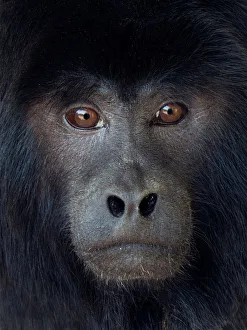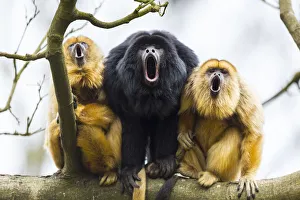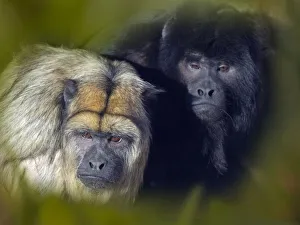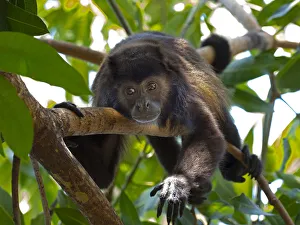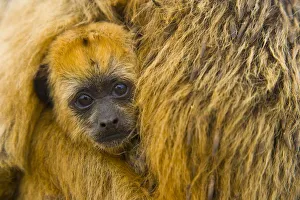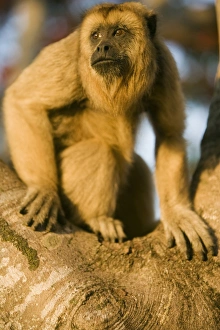Alouatta Caraya Collection
The Black Howler Monkey, scientifically known as Alouatta caraya, is a captivating species that can be found in various parts of South America
All Professionally Made to Order for Quick Shipping
The Black Howler Monkey, scientifically known as Alouatta caraya, is a captivating species that can be found in various parts of South America. These monkeys are known for their distinctive black fur and loud vocalizations. In captivity, you may come across the Black Howler Monkey male and two females perched on a tree, calling out to communicate with each other. This behavior showcases their social nature even in an artificial environment. Native to Brazil and Paraguay, the Black Howler Monkeys can also be observed resting peacefully in Costa Rica. Their calm demeanor highlights their adaptability to different habitats within South America. One heartwarming sight is witnessing a baby Black Howler Monkey being carried by its mother in Pantanal National Park located in Mato Grosso. The bond between them is evident as they navigate through the lush vegetation together. Palo Verde National Park in Costa Rica is another location where these charismatic creatures can be spotted. Their presence adds vibrancy to this natural haven situated within the diverse landscapes of South America. Misiones, Argentina serves as a habitat for the Black Howler Monkey too. Here, one can witness firsthand how this species thrives amidst the rich biodiversity found throughout this region. Moving further south into Brazil's Mato Grosso region lies Pantanal - home to numerous wildlife including black howlers swinging gracefully from trees. It's truly remarkable to see these primates thriving in such diverse environments across South America. Whether it's climbing trees or simply going about their daily activities, these agile creatures never fail to amaze observers with their acrobatic skills and unique behaviors. Encountering a Black Howler Monkey provides an opportunity to appreciate not only its striking appearance but also its ability to adapt and thrive across various regions of South America.

